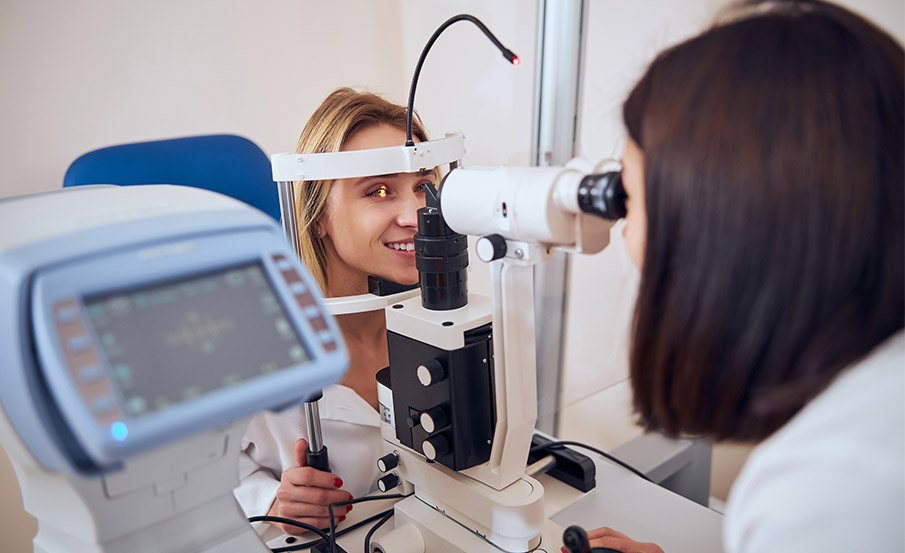
ADULT EYE EXAMS
Comprehensive eye exams are a vital part of maintaining good eye health and vision. Our exams are all-encompassing, and test for various eye conditions and diseases such as dry eye, glaucoma, cataracts, and age-related macular degeneration. If you have diabetes, high blood pressure, or a family history of eye disease, it’s recommended that you visit your optometrist annually. From there, we can assess your situation and provide you with an appropriate treatment plan.
Routinely eye drops may be required to dilate the pupil and better visualize the retina and other structures within the eye.
SENIOR EYE EXAMS
If you’re 60 or older, annual eye exams are essential to maintaining your vision. As you age, your risk of developing age-related eye diseases increases. Normal vision development in patients over 60 often involves eyesight deterioration, alongside difficulty adjusting to light and dark. Presbyopia often affects individuals in their 30s and 40s, but can significantly worsen as you age. It’s essential to protect your eyes from UV exposure, follow proper nutritional guidelines, and avoid smoking.
Routinely eye drops may be required to dilate the pupil and better visualize the retina and other structures within the eye.
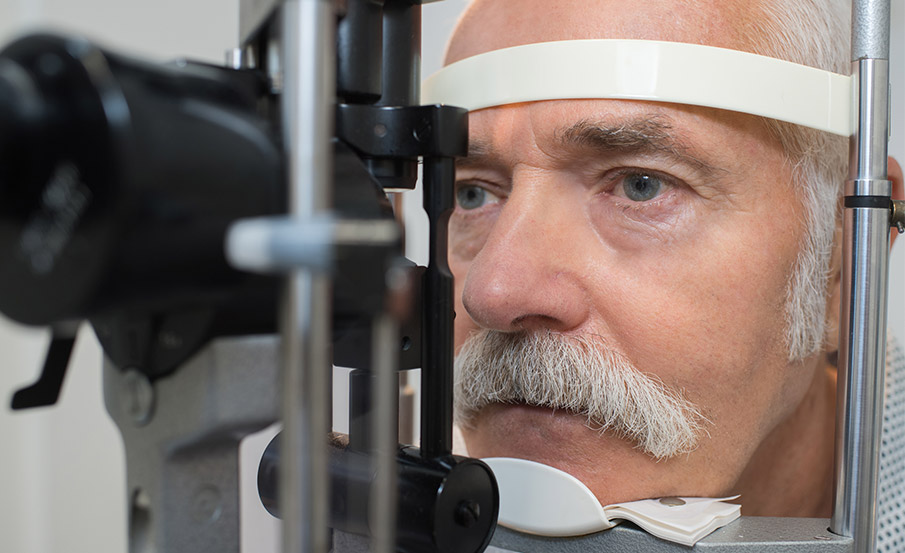
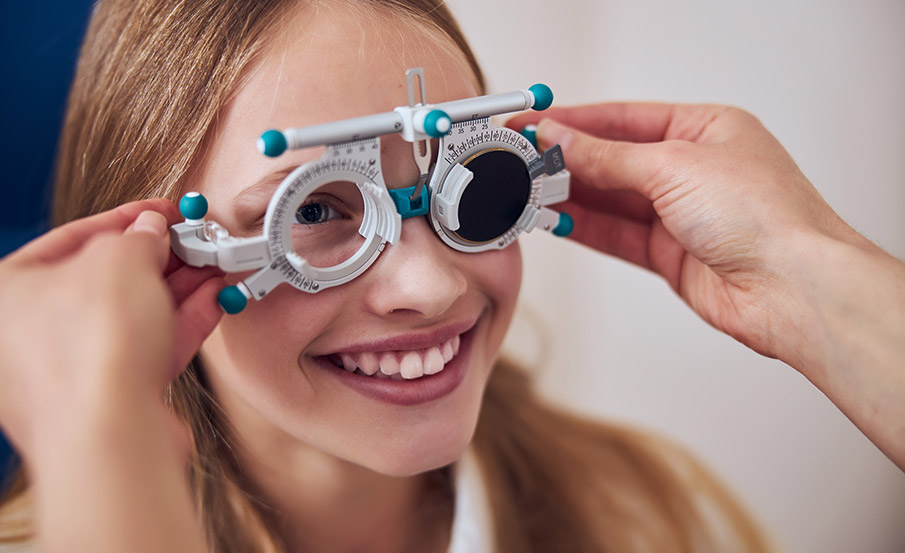
CHILDREN EYE EXAMS
A pediatric eye exam is vital to your child’s health and academic performance. The importance of detecting visual problems in childhood is based on the recognition that 25% of school-aged children* have some form of vision disorder. If left untreated this may result in irreversible loss of vision in one or both eyes and affect their learning potential. Experts say that 80% of what your child learns in school is presented visually. Undetected vision problems can put them at a significant disadvantage versus their peers.
*The National Coalition for Vision Health. 2011. Vision Loss in Canada. Accessed July 11, 2016
The Ontario Association of Optometrists recommends all children have their first eye exam at 6 months old, again at 2-3 years old, and every year after that. OHIP covers yearly eye exams for children 19 years of age or younger.
DIABETIC EYE EXAMS
Diabetic eye disease refers to a group of eye conditions that can result from diabetes. Diabetic eye disease is a potential complication for anyone with diabetes and can occasionally present in patients who have not yet been diagnosed with diabetes. Any visual or retinal change secondary to diabetes can cause severe vision loss or even blindness if not detected early and treated, if necessary. Our optometrists, as well as the Canadian Diabetes Association, recommend an annual comprehensive eye exam for all diabetic patients. OHIP permits any patient with diabetes to have their annual eye examination covered with a valid provincial health card.
During the eye examination, the doctor will often instill eye drops to dilate the pupils in order to better visualize the retina. Our office is proud to offer digital retinal imaging which allows the doctors to monitor the retina closely and detect any potential changes from year to year.
The early stages of diabetic eye disease often have no symptoms so an annual eye examination is imperative to maintaining good ocular health. A diabetic report is sent to the family doctor as well as endocrinologist following the annual examination, free of charge.
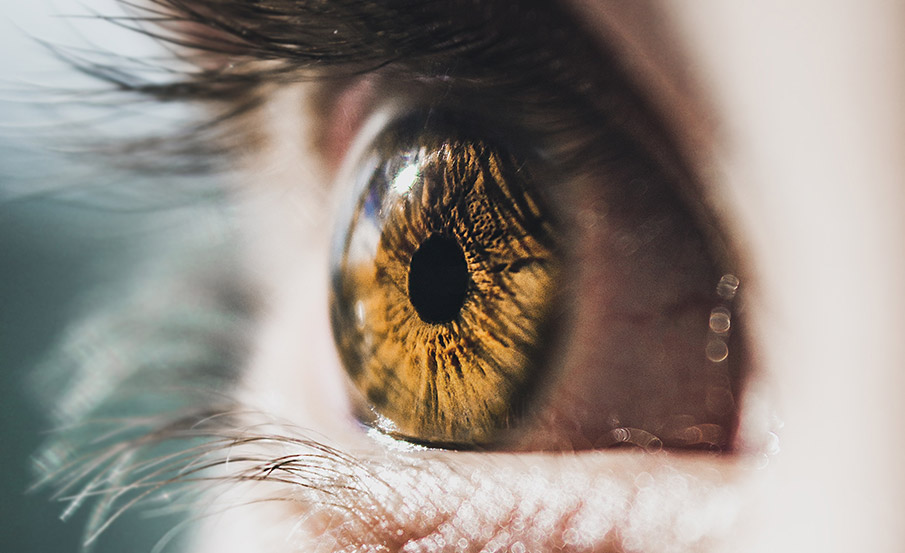
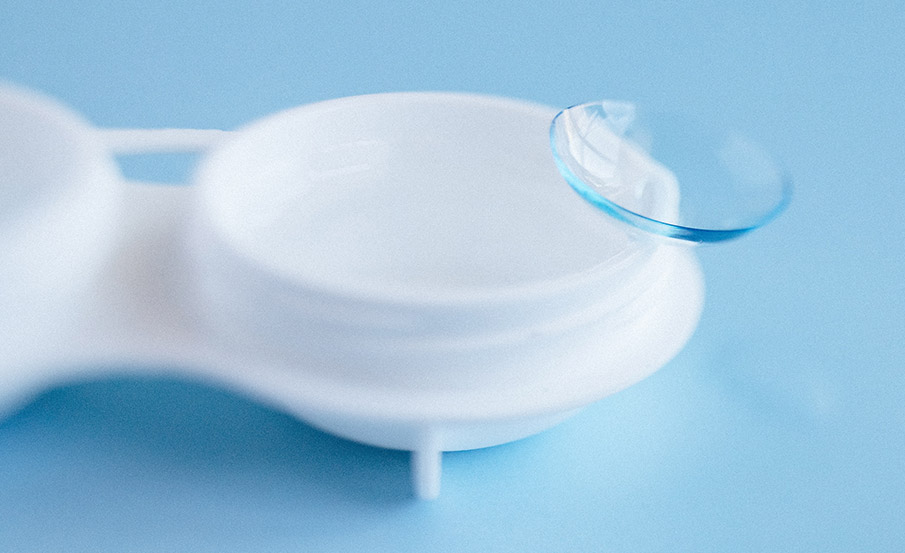
CONTACT LENS FITTING
Contact lenses are small plastic discs worn to correct refractive errors by smoothing the corneal surface.
Contact lenses are medical devices that require proper care to ensure safe and successful long-term wear.
Keeping contacts clean is the most critical aspect to avoid eye infections and other eye injuries.
Contact lenses are not one size fits all, as there are many different brands, curvatures, and diameters to consider. As well as choosing the correct ones based on your visual needs.
SPECIALTY CONTACT LENS FITTING
Specialty contact lenses can help treat and manage a wide variety of eye conditions and vision problems. We work closely with contact lens manufacturers to customize a contact lens specifically for your eye’s visual and anatomical needs.
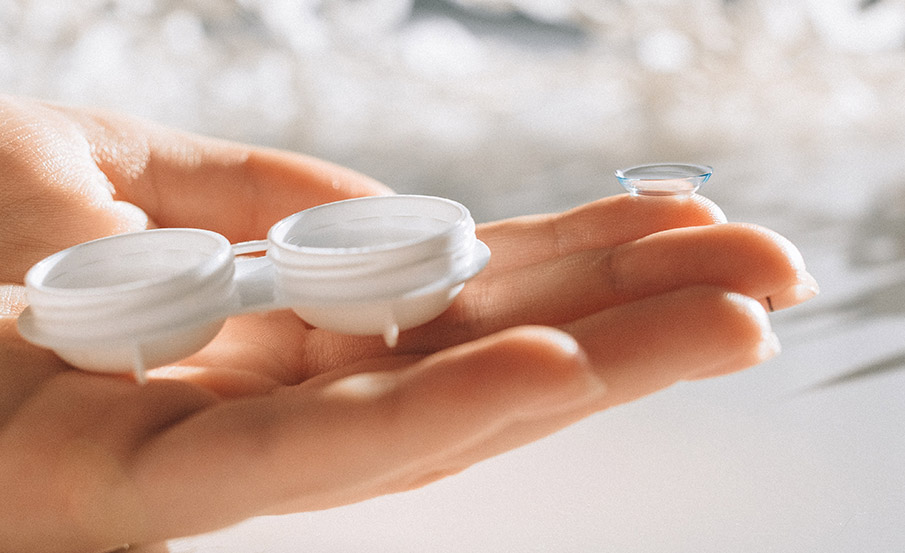
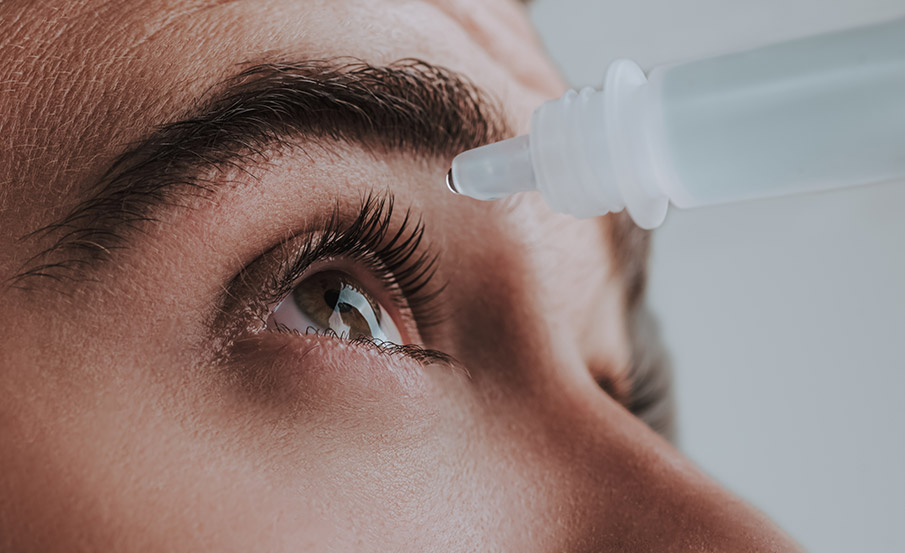
DRY EYE THERAPY
Your eyes produce tears to keep them lubricated. Dry eye occurs when your eyes don’t produce enough good quality tears to keep them moist, or when your tears evaporate too quickly.
If dry eye goes untreated it can lead to an increased risk of eye infection, inflammation, and other vision problems.
Dry eye usually affects both eyes. If you experience any of the following symptoms you may have dry eye:
- Stinging, burning sensation in the eyes
- Gritty feeling, like something is in your eye
- Increased sensitivity to light
- Eye redness
- Discomfort or pain with contact lenses
- Overly watery eyes
- Blurred vision
MYOPIA CONTROL
Myopia (or nearsightedness) is a progressive condition that causes light rays to focus on a point in front of the retina rather than directly on the retina. Myopia occurs when the eyeball is too long or the cornea is too steep to focus light correctly on the retina.
Myopia generally is a hereditary condition but can also happen spontaneously. It often appears in childhood and stabilizes throughout adulthood, but certain treatment methods can help slow and even halt the progression in the early stages.
Myopia is typically diagnosed through a comprehensive eye examination.
Myopia control methods:

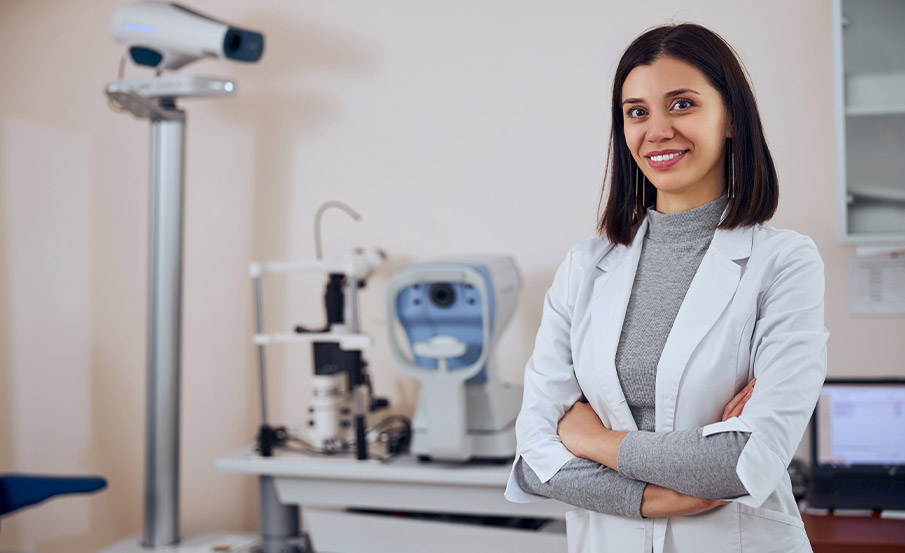
LASER EYE SURGERY CONSULTATIONS
Refractive surgery is a standard procedure used to correct various refractive errors and improve visual acuity. Precise lasers are used to carefully reshape the cornea, correcting vision problems and providing clear vision.
Common Procedures:
LASIK and PRK which correct nearsightedness and farsightedness. Our doctors are trained in pre-operative and post-operative care.

